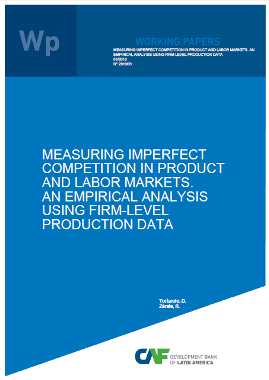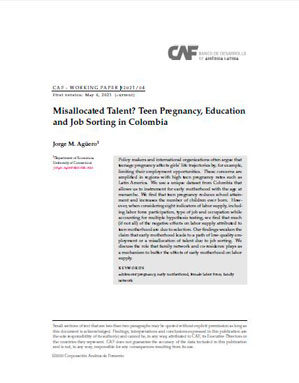The effect of property division laws on divorce and labor supply: evidence from Spain
Resumen
I study how the relative bargaining position of spouses affects the incidence of marital dissolution and the labor supply decision of intact couples. I identify exogenous variation in bargaining position within the household by exploiting a natural experiment in Spain where different regions have different rules to divide marital property in case of divorce. I benefit from two law changes to the separation of property regime in Catalonia, with opposite expected effects on the bargaining position of spouses. I found that a reform that unexpectedly improved the position of the wife within the marriage increased the divorce rate in around 13 percent in the short run, and although this effect seemed to dissipate over time, it remained positive one decade afterwards. For intact couples, I find that the same reform caused a reduction in female labor supply of between 0.6 and 2.5 hours per week, and also a reduction in their probability of employment of 2 percent. Moreover, when the previous improvement in wives' bargaining position was undone by a reform to the scope of marital contracts, female labor supply reacted in the opposite way, with an increase in hours worked and the probability of employment.
País / Región
Fecha
2013Citar de esta publicación
Item perteneciente a la Colección
Items Relacionados
Measuring Imperfect Competition in Product and Labor Markets. An Empirical Analysis using Firm-level Production Data
In this paper, we develop a simple theoretical model that allows us to disentangle empirically the extent of imperfect competition in product and labor ...
Misallocated Talent: Teen Pregnancy, Education and Job Sorting in Colombia
Policy makers and international organizations often argue that teenage pregnancy affects girls’ life trajectories by, for example, limiting their ...
Banking Services Supply and Micro Firm Performance: Evidence from Colombia
This paper uses a dataset of a survey of Colombian micro firms from 2003 to 2007 in combination with data from publicly available sources about banking ...






